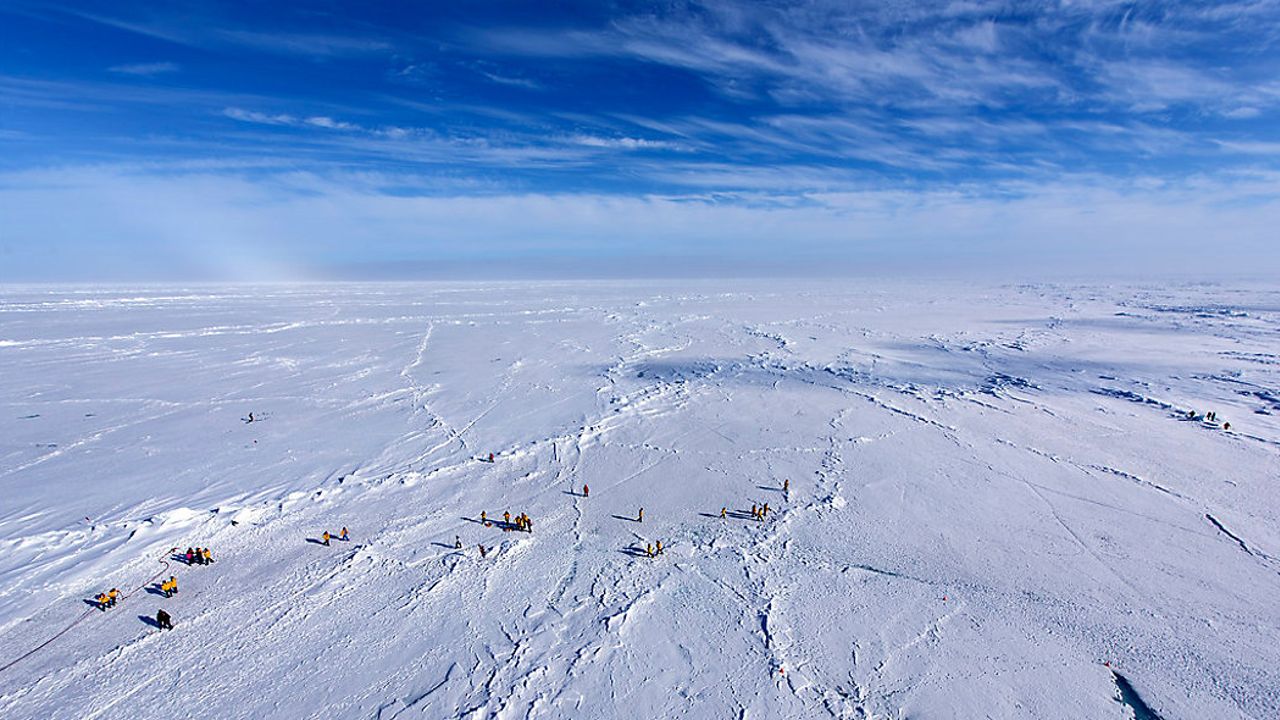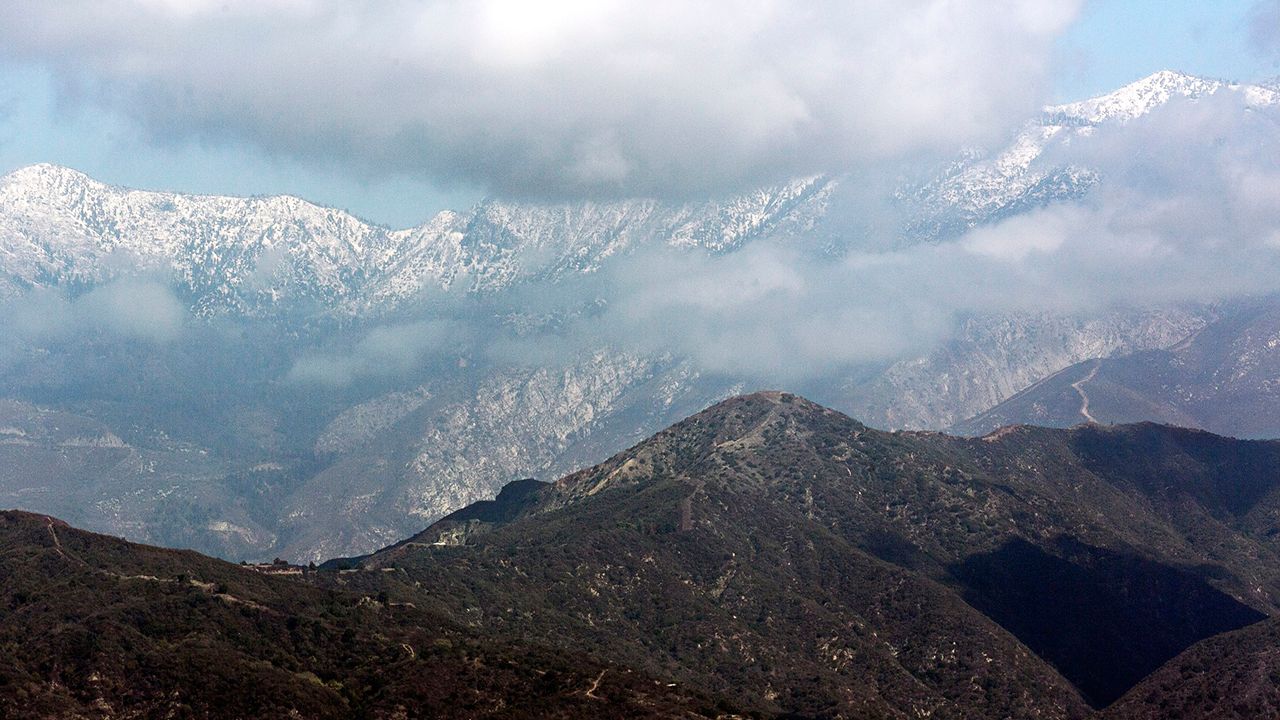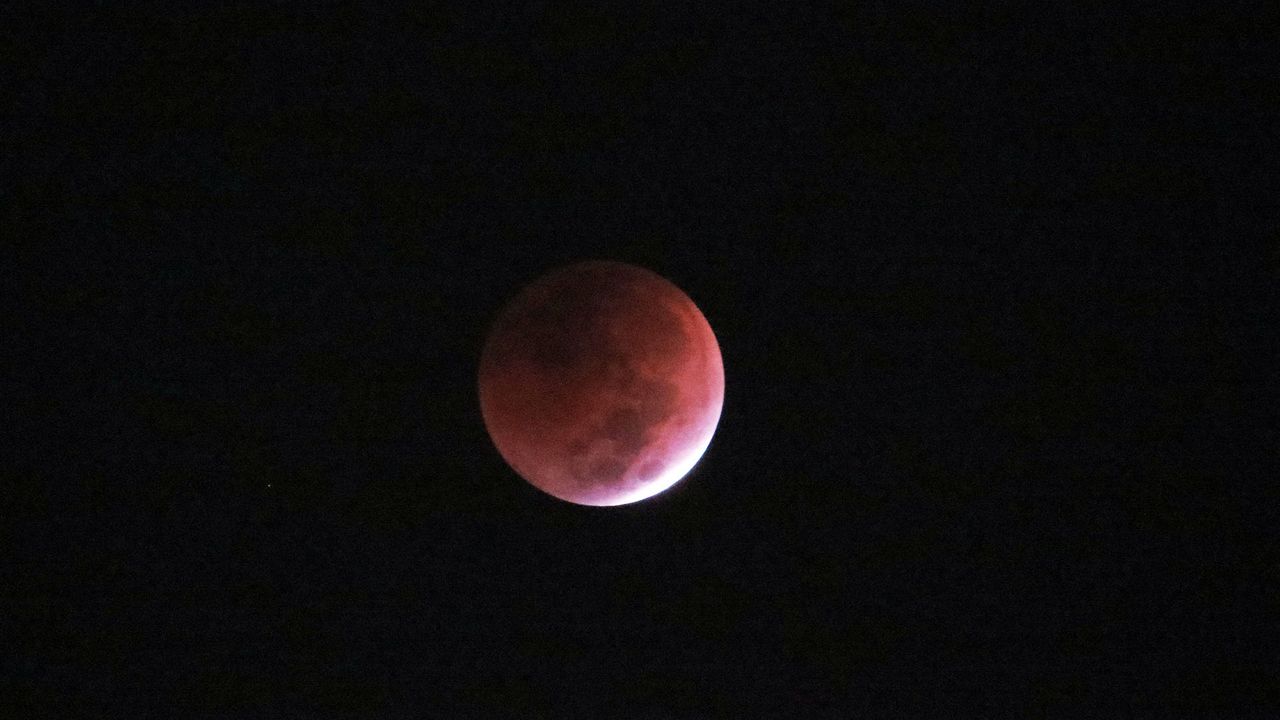It is one of the most mysterious places on Earth, where only a handful of people have visited and an unspecified number of elves and reindeer may live.
It is in the middle of the Arctic Ocean, but you won’t find much water here.
It is the home to only one sunrise and one sunset every year.
You may think you know about the North Pole, but there are a lot of interesting facts to share.
Before we answer that question, we have to ask another: Which North Pole are you trying to find? The geographic North Pole is the northernmost point on Earth. It has no time zone, and no matter what direction you are pointing, it is south of where you are standing.
The geographic North Pole is in the middle of the Arctic Ocean, surrounded by ice up to 10 feet thick at times, but the exact location can change slightly, based on the Earth's wobble on its axis.
The geographic North Pole is in a different location than the magnetic North Pole, which is the spot that guides our compasses and other navigation systems. The Earth’s iron core and magnetic field create the magnetic North Pole.
Discovered in the 1830s, the magnetic North Pole is near Ellesmere Island, Canada, about 500 miles from the geographic North Pole.
It doesn’t take a meteorologist to know the North Pole is cold pretty much all year round.
In the coldest part of the year, between the autumnal and vernal equinoxes (late September to late March), there is no sunlight, and temperatures average around 40 degrees below zero Fahrenheit.
When the North Pole sees nothing but sunlight between late March and late September, temperatures average right around the freezing mark.
These temperatures are warmer than temperatures at the South Pole because the North Pole sits over water.
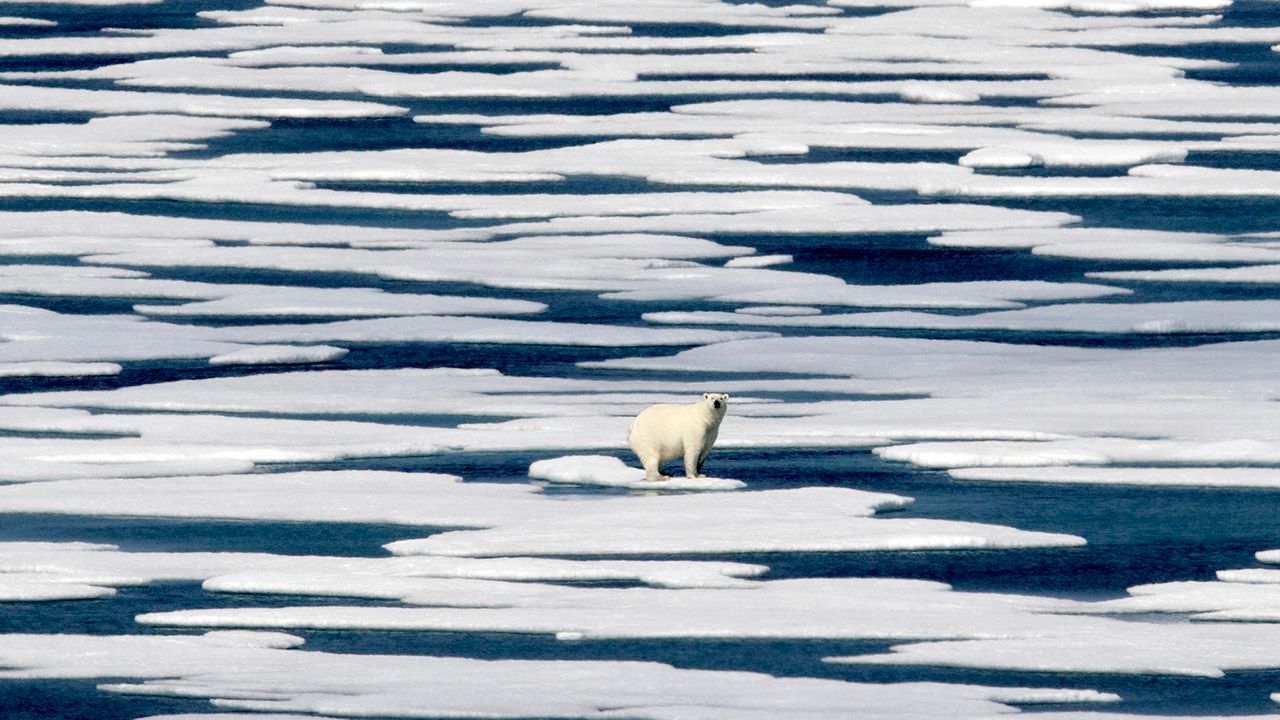
While the North Pole doesn’t get many visitors outside those elves we mentioned earlier and the occasional explorer (more on that in a minute), animals are sparsely seen.
You may see a rare polar bear sighting and a flock of migrating birds.
The Arctic tern is usually spotted there and has the longest migration of any bird, traveling round trip from the North and South Poles every year!
The main reason for early explorers to seek out and travel through the North Pole was to find a northwest passage or a sea route from the north Atlantic and Pacific Oceans.
Many expeditions took on this task with no luck, with the earliest being in 1827 by British Admiral William Parry.
A Swedish explorer even tried to reach the North Pole by hydrogen balloon.
The main debate on who reached the North Pole first is between a pair of Americans, physician Frederick Albert Cook and explorer Robert Peary and their teams. Peary’s team included Matthew Henson, the first African American Arctic explorer.
Over the years, each man called the other a fraud or claimed their expedition was the first successful trip to the Pole. The men then published accounts of their trips in the booklet "At the Pole with Cook and Peary," which was a best-seller. The debate about the veracity of both men’s claims is still up for debate.
The first verifiable expedition to the Pole was completed in 1926 by Norwegian Roald Amundsen, who was also the first person to reach the South Pole in 1911. Instead of taking a dog-sled, his preferred method to reach the South Pole, he took a dirigible and floated over the Pole with a team of others on board.
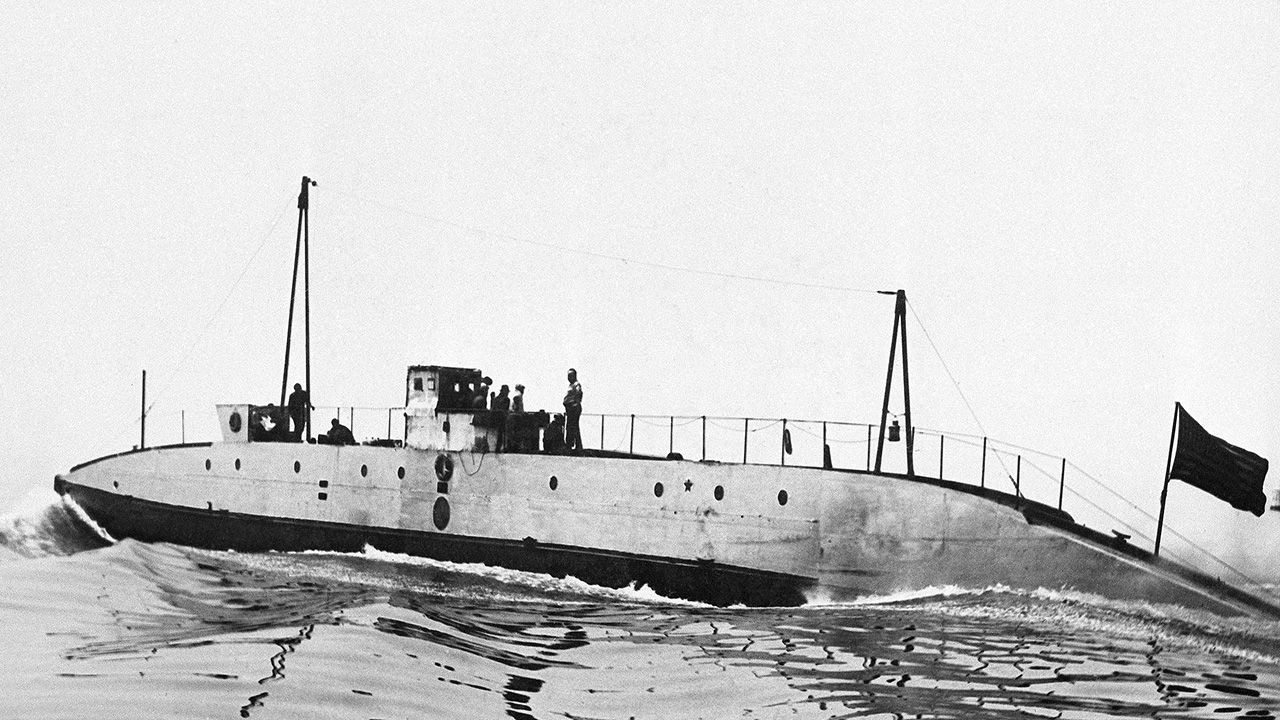
The Soviet Union landed the first planes at the North Pole on April 23, 1948, while the first naval vessel, the U.S. Navy submarine USS Nautilus, reached the Pole on Aug. 3, 1958.
One of our favorite facts about the Pole was that Ralph Plaisted of Minnesota was the first to reach the North Pole by snowmobile on April 19, 1968.
Also, Ann Bancroft was the first female to reach the Pole on May 1, 1986, part of the first expedition to reach the North Pole on foot without being resupplied.
We couldn’t end a story about the North Pole without talking about the jolly elf himself.
Stories of St. Nick date back centuries, but no one ever knew where he lived. Many credit American illustrator Thomas Nast with popularizing the idea of Santa living at the North Pole in an issue of Harper’s Weekly in 1866.
The illustration includes the title "Santa Clausville, N.P.," and at a time when the public had a keen interest in the North Pole, readers understood the abbreviation.
Our team of meteorologists dives deep into the science of weather and breaks down timely weather data and information. To view more weather and climate stories, check out our weather blogs section.




